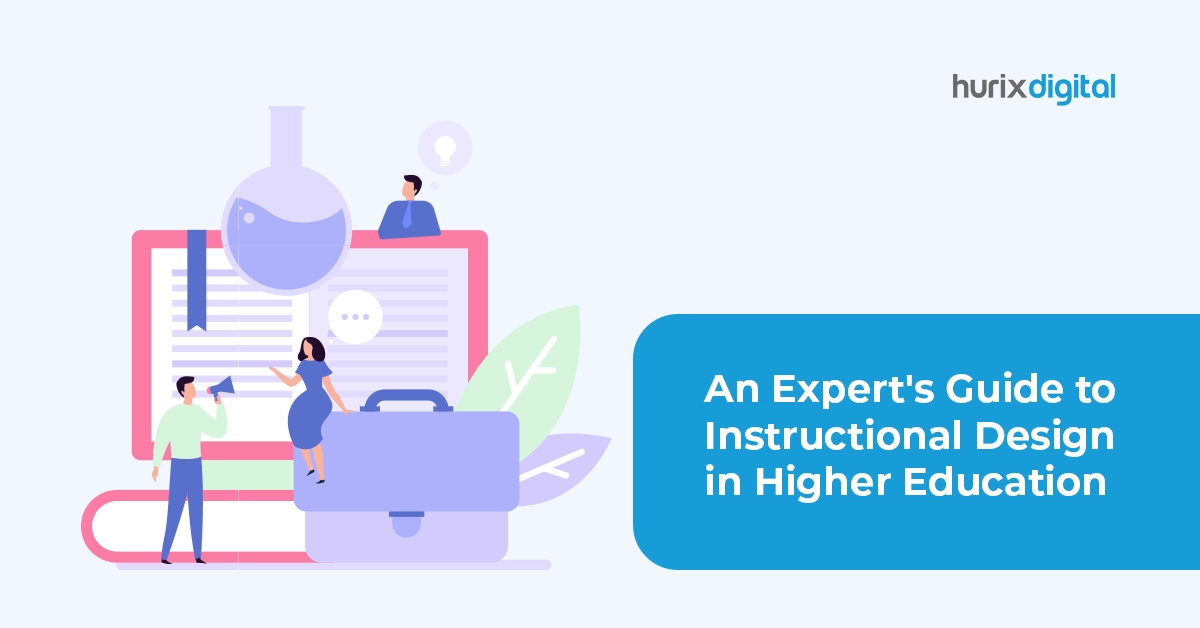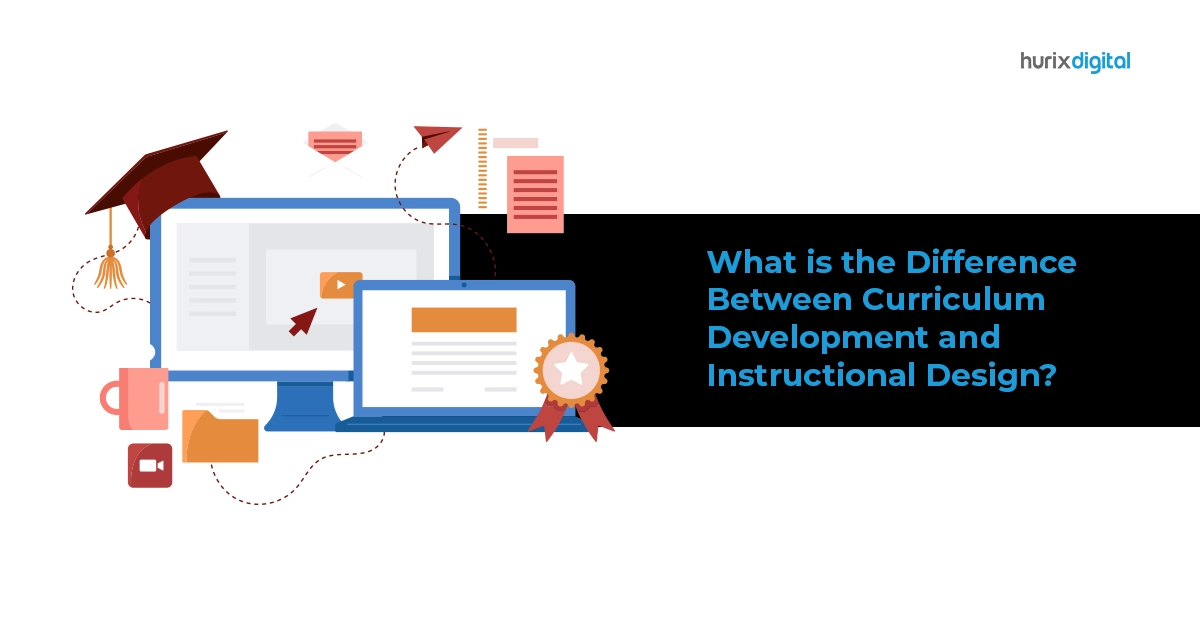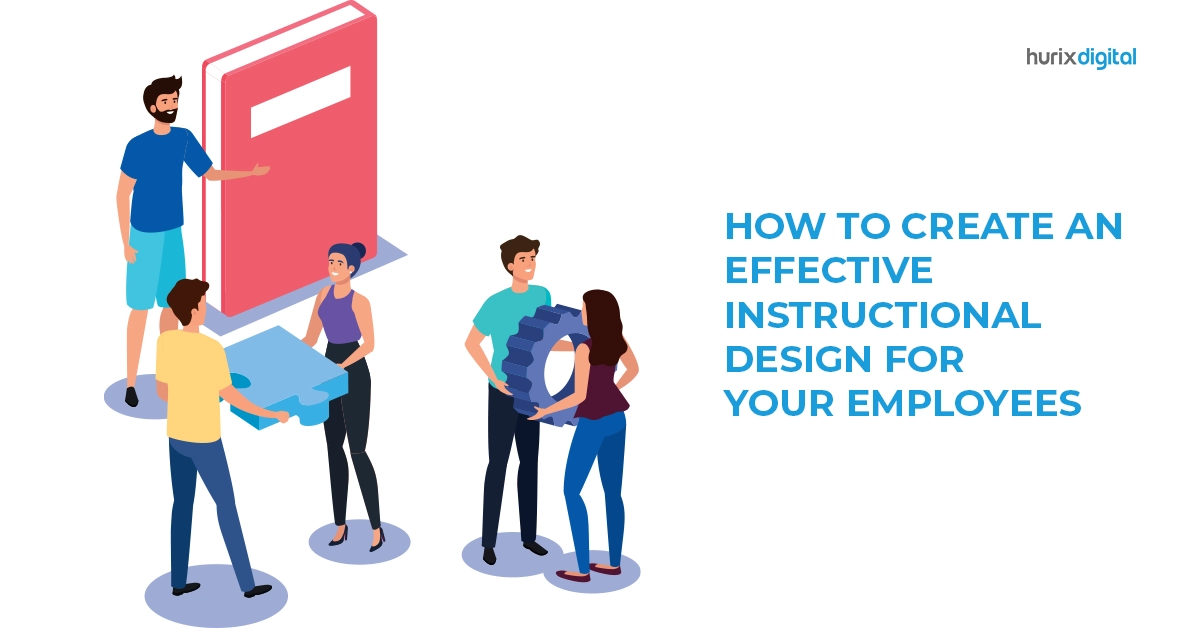Summary
This article provides an overview of the various remote instructional design tools and software available online. It also provides a brief understanding of what it means to be an instructional designer.
Education and training have moved beyond the walls of conventional classrooms and boardrooms in the current digital era. With its ability to instruct and train students of various ages and backgrounds in a flexible and accessible manner, remote instructional design – often associated with eLearning – has taken center stage.
According to a study published by Statista last year, the global e-learning market is forecasted to reach almost $400 billion U.S. dollars by 2026. In 2019, the market was valued at around $200 billion U.S. dollars. The sector is witnessing many innovations, and one such innovation is the development of instructional designing tools to facilitate seamless eLearning.
There are various instructional designing tools and software available online now, and proper selection is as important to the success of remote instructional design as the instructional designer’s expertise and imagination.
Here, in addition to going over the software and resources available to you for instructional creating, we also get deep into the essence of what it means to be an instructional designer.
Table of Contents:
- What is Remote Instructional Design?
- Key Features to Consider in Instructional Design Tools
- Answering Fundamental Questions
- Conclusion
What is Remote Instructional Design?
Remote instructional design, also known as eLearning design, is the process of creating educational content and experiences delivered through digital means.
It’s essential to leverage the right instructional designer tools to ensure the success of your remote learning initiatives.
Key Features to Consider in Instructional Design Tools
Selecting the right instructional design tools is a critical step in ensuring the success of your remote learning initiatives. These tools are the building blocks upon which your educational content is crafted.
Here, we’ll explore the key features you should consider when evaluating instructional design tools:
1. User-Friendly Interface
The learning curve should be minimal. An intuitive interface allows you to focus on the creative aspects of instructional design rather than wrestling with the software.
Look for tools that provide a user-friendly and visually appealing environment, making it easy for you to navigate, create content, and manage your projects efficiently.
2. Customization
No two learning programs are the same. To cater to your unique audience, the instructional design tools you choose must offer a high degree of customization.
This might include the ability to tailor the user interface, incorporate your branding, and adjust the layout to match the specific needs of your learners.
3. Scalability
Your learning programs may evolve and expand over time. Therefore, consider the scalability of the tools you select.
Can the software accommodate the growth of your eLearning initiatives?
A scalable tool should be able to handle increased workloads, additional content, and a growing user base without significant performance issues or the need for constant upgrades.
Also Read: What is Instructional Design? Top 5 Instructional Design Frameworks for Higher Education
4. Interactivity and Engagement
Engagement is the cornerstone of effective learning.
Seek tools that allow you to create interactive content. This could include features like quizzes, simulations, branching scenarios, and gamification elements.
Interactive elements not only capture learners’ attention but also promote active participation and a deeper understanding of the material.
5. Multimedia Capabilities
In the modern learning landscape, multimedia is king. Look for instructional design tools that support a wide range of media types, including text, images, audio, video, animations, and more.
The ability to seamlessly integrate multimedia elements into your courses enhances the learning experience, making it more engaging and effective.
6. Content Repository
Efficiently managing and organizing your content is essential, especially as your library of educational materials grows.
Some tools offer built-in content repositories that enable you to store, categorize, and access your resources easily. This feature streamlines content management and ensures that you can quickly locate and reuse materials in future projects.
7. Collaboration and Communication
Effective collaboration is key, especially in remote instructional design projects. Look for tools that facilitate collaboration among instructional designers, subject matter experts, and other stakeholders.
Real-time communication features, such as comments, discussion boards, and chat functionality, can enhance the collaborative aspect of content creation.
8. Assessment and Analytics
Evaluation is an integral part of the instructional design process. Tools that offer assessment features, like the ability to create quizzes and surveys, enable you to gauge learners’ understanding and progress.
Additionally, robust analytics capabilities allow you to gather data on learner performance, track their engagement, and identify areas that may need improvement.
9. Accessibility and Compliance
In an era of diversity and inclusion, it’s essential to ensure that your content is accessible to all learners.
Seek tools that support accessibility standards, such as WCAG (Web Content Accessibility Guidelines), and comply with legal requirements like Section 508. This ensures that your content is usable by individuals with disabilities.
Answering Fundamental Questions
Now, let’s address some fundamental questions related to remote instructional design:
1. What is the job role and salary of an instructional designer?
An instructional designer is responsible for creating effective learning experiences. They design, develop, and implement educational content, considering the needs of the learners and the goals of the organization.
Their role involves content creation, assessment design, and selecting suitable instructional design tools and software.
Talking about salary, California State University estimates that instructional designers in the United States earn an average of $85,466 per annum.
2. What is the qualification of an instructional designer?
Qualifications for instructional designers can vary, but many have a bachelor’s or master’s degree in fields such as instructional design, education, or a related discipline.
They may also have certifications, such as the Certified Professional in Learning and Performance (CPLP) from the Association for Talent Development (ATD). Additionally, experience in eLearning and instructional design software is valuable.
3. What are four instructional design models?
Instructional design models provide a structured framework for designing effective learning experiences. Four well-known instructional design models are:
- ADDIE (Analysis, Design, Development, Implementation, Evaluation): This systematic model guides the creation of instructional materials and involves a sequence of phases to ensure effective learning.
- SAM (Successive Approximation Model): SAM focuses on rapid prototyping and iterative design, emphasizing collaboration between instructional designers, subject matter experts, and learners.
- Bloom’s Taxonomy: Though not a traditional model, Bloom’s Taxonomy categorizes learning objectives into cognitive domains, helping instructional designers create learning activities at various cognitive levels.
- Kirkpatrick’s Four Levels of Evaluation: This model assesses the effectiveness of a training program at four levels: reaction, learning, behavior, and results.
Incorporating these models into your remote instructional design process can improve the quality of your eLearning experiences.
Also Read: Instructional Design, Technology, and Multimedia: All You Need to Know
Conclusion
Creating an online learning course doesn’t have to be a tediously long and costly process. Nowadays, various remote instructional design tools with the necessary features for building effective eLearning modules are available online.
With the help of this guide, you can now choose the best instructional designing tool whose features align with your objectives, budget, and skill level.
If you are looking for a partner who can help you develop effective and visually engaging training material, Hurix Digital is geared to support you in all of your instructional design needs.
Leverage our 20-plus years of expertise in delivering training solutions, along with additional services such as Digital Content Solutions, Digital Content Transformation, Digital Engineering and Technology, and much more.
Get in touch with us and unlock your eLearning success!











